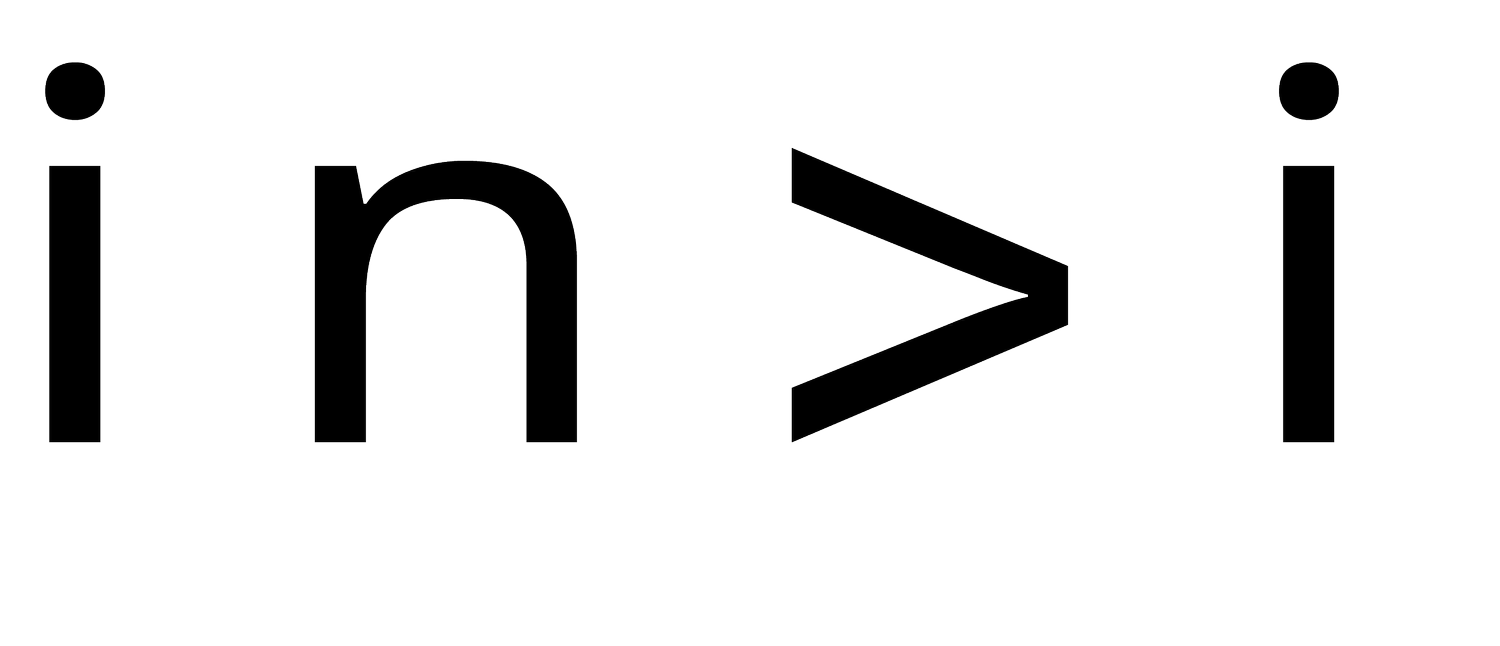The project competition
How can the design competition in its current form contribute to the green transition? We've mapped the architecture industry's blind spots and common solutions - and point out 10 concrete ways forward.
Period: 2024-2025
Partners: The Danish Architects Association
The project in 5 points:
The project is made for The Danish Architects Association and examines the role of design competitions in the green transition
168 professionals have contributed a total of over 23,000 words and more than 1,000 suggestions, causes and conflict points
The results show a surprisingly high degree of consensus across professional groups - despite perceived disagreements
INVI's Head of Analysis, Sofie Burgos Thorsen, presented the main points at a seminar for The Danish Architects Association
In addition to the mapping, we presented 10 concrete ways to rethink competition - with a focus on collaboration, purpose and sustainability
About the project
INVI has carried out an analysis project for The Danish Association of Architects focusing on the potential and barriers of design competitions in the light of the green transition. The aim was to investigate how the competition format can strengthen innovation, interdisciplinarity and sustainable solutions in construction.
The data collection included 168 qualitative and quantitative responses, generating over 23,000 free text words and more than 1,400 identified causes, solutions and conflict points. Despite competition often being described as conflictual, the analysis showed broad agreement on both problems and solutions.
The project culminated in a seminar held by INVI's R&D lead Sofie Burgos Thorsen, where 10 ways to rethink the competition were presented. The themes ranged from more idea-based formats and clearer winning parameters, to a call for dialog, interdisciplinarity and myth-busting.
Anatomy of the wild problem: Is the project competition wild at all?
-
Many find that the purpose of the design competition is unclear - both for architects and clients. The format places high demands early on in the process and often favors certain types of players and solutions. This works against innovation, interdisciplinarity and sustainability.
-
Across disciplines, participants point to more phased and idea-based competitions. Clearer winning parameters, a focus on dialog and the involvement of emerging design studios are among the recurring suggestions. Several call for formats where competition becomes collaboration.
-
Misconceptions and myths create tension - especially between architects and clients. Architects feel reduced to aesthetics and "great art", while clients often lack insight into how architects work with complexity, sustainability and facilitation.
-
The problem ranges from individual competitions to the entire way we develop and build in Denmark. If the competition is to support the green transition, it requires structural changes in formats, culture and understanding of roles - not just adjustments to individual projects.
How we did it
We used INVI's Wild Problem Model to analyze the conflict points, causes and solutions behind the design competition. Through a combination of survey, free text analysis and conflict mapping, we identified patterns in over 1,400 inputs. The results were unfolded and tested in dialog with the field at a final seminar, facilitated by INVI in collaboration with the Danish Architects Association. You can read more about the methodology here.
Mapping and analysis: 168 professionals contributed a total of over 1,000 insights across causes, solutions and conflict points
Data and interpretation: Data was analyzed qualitatively and quantitatively and formed the basis for 10 strategic paths for competitive development
Dissemination: Main points were presented at a public seminar organized by The Danish Architects Association - read the interview here
Future work: The analysis is part of a broader conversation about the future of the competition and is used in the Architectural Association's ongoing work to strengthen sustainability and innovation in the industry.
Our team
Sofie Burgos-Thorsen (project manager)
Sam Rahbar
Mads Højmark Pedersen


